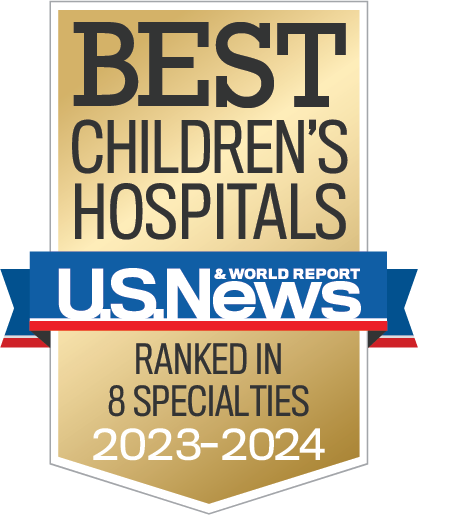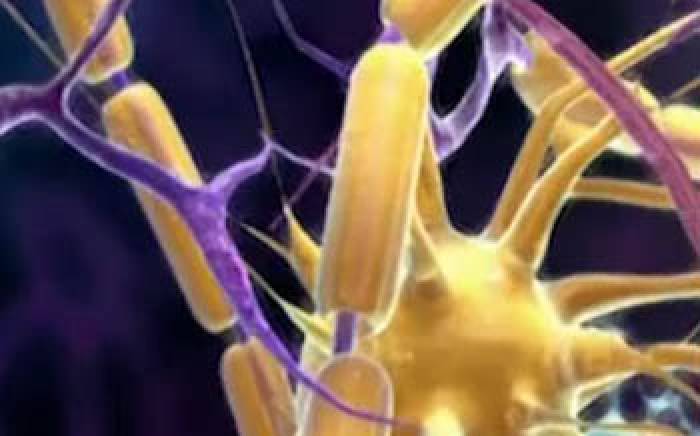What are mesial temporal seizures?
Partial complex seizures often arise from the deepest (“mesial”) aspect of the temporal lobe, an area which includes the amygdala and hippocampus. An MRI in these patients may demonstrate scarring of the mesial temporal lobe suggestive of MTS (mesial temporal sclerosis). In addition to EEG and MRI, SPECT or PET scans may also be performed to verify the area of seizure onset.
Outlook for patients with mesial temporal seizures
Many patients have a “concordant” evaluation, indicating that the EEG, MRI, and SPECT or PET all implicate the mesial temporal lobe as the area of seizure origin. In these cases, surgery is often a good treatment option. In fact, patients with a concordant evaluation can expect a nearly 80% chance of seizure-freedom post-operatively.
Anterior temporal lobectomy: what to expect
Several surgical options exist for the treatment of mesial temporal seizures, and we tailor the operation to each individual patient. However, the most commonly performed operation is the anterior temporal lobectomy:
- This operation is performed under general anesthesia, and takes about 4-5 hours.
- A question-mark-type incision is made starting just in front of the ear and extends backwards above the ear and then forwards toward the temporal area. A small window of bone is then temporarily removed.
- With the assistance of a microscope, the tip of the temporal lobe is removed, followed by the amygdala and hippocampus. A special MRI and a navigation computer are used to ensure that the appropriate amount of the hippocampus is removed.
- The bone is replaced and secured with titanium plates and screws, and the incision is closed with absorbable stitches.
- The child is awakened from anesthesia and taken to the recovery room. After overnight observation in the Intensive Care Unit, the child is transferred to our neurosurgery/neurology ward for an additional few days of recovery.
- Anticonvulsant medications are continued as seen fit by the treating neurologist, although it is often several months until medications are tapered.
Selected publications and abstracts from our physicians:
- Mohammed H, Steger-May K, Kaufman C, Weisenberg J, Munro B, Rothman SM, Grubb R, Limbrick DL, Smyth MD: Impact of epilepsy surgery on seizure control and quality of life: A 26-year follow-up study. Epilepsia 53(4):712-720, 2012.
- Kasasbeh A, Hwang E, Steger-May K, Bandt S, Oberhelman A, Limbrick DD, Miller-Thomas M, Shimony J, Smyth MD. Predictive value of imaging characteristics of mesial temporal sclerosis on histopathology and clinical outcome. Journal of Neurosurgery: Pediatrics 9:552-61, 2012.
- Smyth MD, Limbrick D, Ojemann JG, Zempel J, Robinson S, O'Brien DF, Saneto RP, Goyal M, Appleton RE, Park TS. Outcome following surgery for temporal lobe epilepsy in pre-adolescent children with hippocampal pathology: emphasis on mesial temporal sclerosis. Journal of Neurosurgery:Pediatrics, 106:205-210, 2007.
- Robinson S, Park TS, Blackburn LB, Bourgeois BF, Arnold ST, Dodson WE. Transparahippocampal selective amygdalohippocampectomy in children and adolescents: efficacy of the procedure and cognitive morbidity in patients. J Neurosurg. 2000 Sep;93(3):402-9.
- Ojemann SG, Smyth MD, and Peacock WJ. Functional Neurosurgery in the Child. Handbook of Pediatric Neurosurgery, Frim DM and Gupta N (eds), Landes Bioscience, Georgetown TX, 2006.
- Smyth MD, Ojemann JG, Zempel J, Robinson S, O’Brien DF, Saneto RP, Goyal M, Appleton RE, Park TS. Surgical outcomes for temporal lobe epilepsy in young children: A multi-institution analysis. (Abstract) Epilepsia, 46(8):158, 2005.
- Smyth MD, Zempel J, Mangano FT, Prasad S, Ojemann JG, Park TS . Temporal lobe surgery for pediatric mesial temporal sclerosis. Platform presentation, Neurosurgical Society of America, Orlando FL 2005.
- Smyth MD, Zempel J, Mangano FT, Prasad SK, Ojemann JG, Park TS. Temporal lobe surgery for mesial temporal sclerosis in young children. Digital Oral Poster, Congress of Neurological Surgeons Annual Meeting, Boston MA 2005.
- Smyth MD, Ojemann JG, Zempel J, Robinson S, O’Brien DF, Saneto RP, Goyal M, Appleton RE, Park TS. Surgical outcomes for temporal lobe epilepsy in young children: A multi-institution analysis. Poster presentation at the American Epilepsy Society Meeting, Washington DC, 2005.
- Smyth MD, Zempel J, Ojemann JG, Park TS . Temporal lobe surgery for pediatric mesial temporal sclerosis. Platform presentation, American Society of Pediatric Neurosurgeons, Grand Exuma, Bahamas, 2006.










